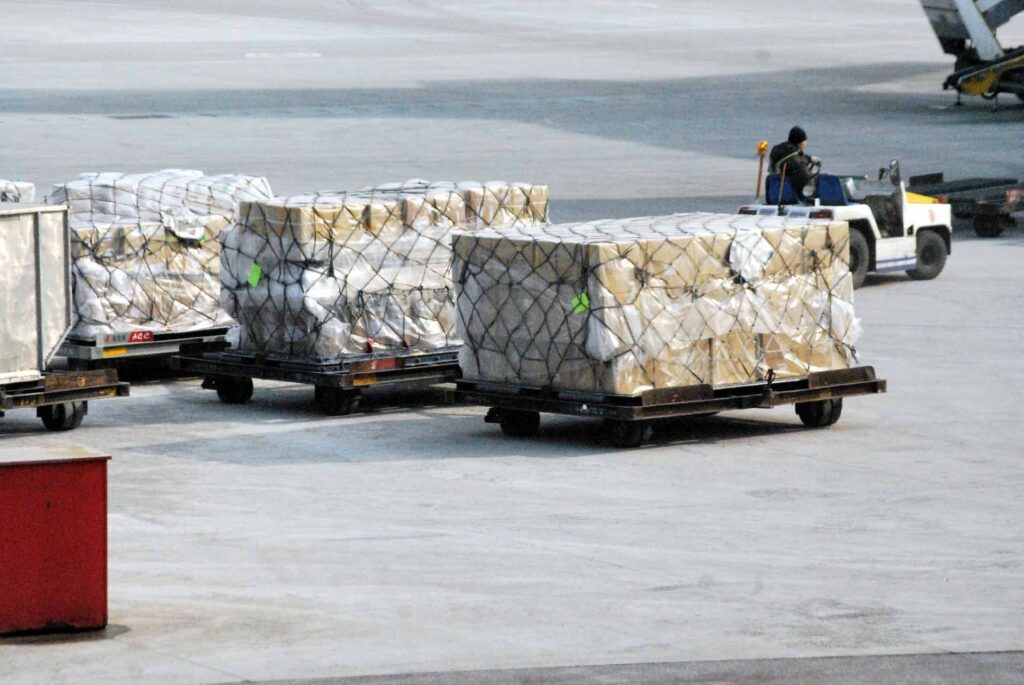In the world of international logistics, accurately estimating shipping costs is essential for businesses and individuals alike. One of the most overlooked but critically important concepts in freight forwarding is volumetric weight in shipping. Whether you’re importing goods from China or exporting items from the UK, understanding how to calculate sea freight using volumetric weight can make a significant difference in your shipping expenses.
This article will explore what volumetric weight is, how it impacts sea freight calculation, and why it is crucial for businesses to factor it in when planning shipments.
What Is Volumetric Weight in Shipping?
Volumetric weight, also known as dimensional weight, is a pricing method used by carriers to estimate how much space a package occupies in relation to its actual weight. It is especially important in the freight industry, where space is as valuable as weight.
Unlike actual weight, which is measured using a scale, volumetric weight considers the dimensions of the cargo. This is vital for bulky, lightweight items that take up more space but do not weigh much. Freight companies use this method to ensure they are compensated fairly for the volume a shipment occupies in a container.
Why Volumetric Weight Matters for Sea Freight
When you calculate sea freight, you might assume that only the gross weight (the actual weight) of your cargo matters. However, if your shipment is voluminous and light, you might be charged based on the volumetric weight instead.
Sea freight carriers use the greater of the actual weight or the volumetric weight to determine the cost. This is particularly important for:
- E-commerce businesses shipping lightweight but bulky items
- Furniture and home decor exporters/importers
- Industrial machinery components
By factoring in volumetric weight, freight forwarders and shipping companies ensure that they utilize cargo space efficiently.
How to Calculate Volumetric Weight in Sea Freight
To effectively calculate sea freight, you need to understand the formula used to determine volumetric weight.
The formula is here: Sea Freight: (Length × Width × Height in cm) / 1000 or (Length × Width × Height in m) * 1000
Sea freight charges are based on CBM (cubic meters). If the volumetric weight is greater than the actual weight, the shipping cost is calculated based on the volume. If the volumetric weight is less than the actual weight, we need to convert the actual weight into volume using the same formula.
Example:
Your cargo has a volume of 0.48 CBM and a volumetric weight of 480 kg.The actual weight is only 300 kg. Since the volumetric weight is higher, the sea freight will be charged based on 0.48 CBM.
How Volumetric Weight Impacts Shipping Costs
Misunderstanding volumetric weight can lead to underestimating shipping costs. Businesses that frequently ship goods should always calculate both actual and volumetric weight to forecast shipping costs accurately.
Financial Impact:
- Increases shipping charges for bulky items
- May require repackaging to reduce a volume
- Encourages better space optimization
Knowing how to calculate sea freight using volumetric weight helps importers and exporters avoid surprises in their logistics budgets.
Tips to Optimize Volumetric Weight for Lower Sea Freight Costs
- Use Compact Packaging:
- Avoid oversized boxes.
- Choose custom-fit packaging materials.
- Flat-Pack Products When Possible:
- Disassemble furniture or machinery parts.
- Use Compression:
- Vacuum pack textiles, pillows, or soft goods.
- Bundle Small Items Together:
- Reduce unused space in containers.
- Work With a Freight Forwarder:
- Professionals help optimize packaging and consolidate shipments.
These practices can help reduce the volumetric weight in shipping and, as a result, lower your sea freight bills.
Common Mistakes When Calculating Volumetric Weight in Shipping
- Ignoring Package Dimensions:
- Only checking the actual weight leads to inaccurate cost estimates.
- Using a Wrong Formula:
- Some businesses use the air freight formula for sea freight, which differs.
- Overpacking:
- Excess filler or loose packaging increases volume unnecessarily.
- Not Verifying with the Carrier:
- Carriers may have specific dimensional weight rules.
- Neglecting Container Load Type:
- LCL (Less than Container Load) vs FCL (Full Container Load) affects how weight and volume are charged.
Avoiding these pitfalls ensures accurate shipping cost calculations and better logistics management.
Sea Freight and Volumetric Weight in a Post-COVID World
Post-pandemic, shipping lines have become stricter in applying dimensional weight charges. Rising fuel costs, port delays, and space shortages have made it essential for businesses to understand how to calculate sea freight correctly.
Moreover, with the boom in global e-commerce, even small and mid-sized businesses must factor in volumetric weight in shipping to maintain profitability.
Final Thoughts
Understanding volumetric weight in shipping is no longer optional for businesses involved in international trade. It plays a pivotal role in how carriers calculate sea freight, especially for LCL shipments and bulky goods.
By proactively measuring dimensions, applying the right formula, and optimizing packaging, businesses can reduce shipping costs and improve supply chain efficiency.
If you’re regularly involved in importing or exporting, make volumetric weight a part of your freight planning strategy. It’s not just about weight anymore—space matters too.





